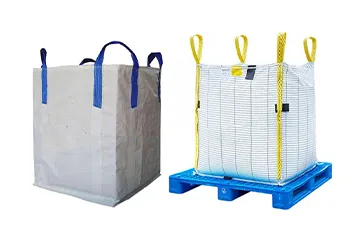twin stitch needle
Understanding the Twin Stitch Needle A Crafting Essential
The world of sewing and embroidery is full of tools and techniques that can elevate your projects from simple to extraordinary. One such essential tool is the twin stitch needle, a remarkable invention that allows crafters to create beautiful, even stitches effortlessly. In this article, we will explore the features, uses, and advantages of the twin stitch needle, helping you understand why it deserves a place in your sewing toolkit.
What is a Twin Stitch Needle?
A twin stitch needle is a specialized sewing needle that consists of two needles mounted side by side on a single shank. This unique design allows the user to create two parallel lines of stitching simultaneously, making it a must-have for anyone interested in adding decorative touches to their sewing projects. Depending on the project, twin needles come in various widths and configurations, such as through a narrow 2.0 mm spacing or wider 4.0 mm spacing, allowing for flexibility in design.
Applications of Twin Stitch Needles
The twin stitch needle is particularly popular in garment construction and decorative stitching. Here are some common applications
1. Hemming When trying to achieve a professional-looking hem on knit fabrics, a twin needle provides the perfect combination of stretch and strength. The double lines of stitching create a neat finish that is both functional and aesthetically pleasing.
2. Topstitching Twin needles are excellent for topstitching details on various fabric types. This technique adds visual interest and can be used along seams, pockets, and collars to create a polished look.
3. Decorative Stitching The twin stitch needle is a favorite among quilters and hobbyists who want to add embellishments to their projects. With a variety of thread colors and stitch patterns, you can customize your work to reflect your style.
4. Elasticizing For projects requiring elastic threads, twin needles can help maintain the elasticity while ensuring that the fabric remains snug and comfortable.
twin stitch needle

Benefits of Using a Twin Stitch Needle
1. Time-Saving One of the most significant advantages of using a twin stitch needle is the time saved during the sewing process. By creating two lines of stitching at once, you can complete tasks faster than if you were to use a single needle.
2. Consistency Twin needles guarantee even spacing between stitches, which can be challenging to achieve with a regular needle. The uniformity ensures that your project looks professional and well-finished.
3. Versatility The ability to use a twin stitch needle on various fabric types, such as knits, cotton, and even some lightweight woven fabrics, makes it an incredibly versatile tool for any sewing enthusiast.
4. Reduced Fabric Distortion The use of a twin needle helps distribute tension evenly, reducing the likelihood of fabric distortion, which is especially important when working with stretchy materials.
How to Use a Twin Stitch Needle
Using a twin stitch needle requires a few simple adjustments to your sewing machine. Start by selecting the right needle size and spacing for your project. Next, check your machine’s manual for any specific settings or recommendations. Typically, you’ll need to adjust the stitch width and length to accommodate the twin needle. Thread each needle separately, and you’re ready to go. Always remember to test your settings on a scrap piece of fabric to ensure everything works smoothly.
Conclusion
In summary, the twin stitch needle is an indispensable tool for any sewing enthusiast or professional. Its ability to create multiple rows of stitches swiftly and evenly opens up a world of creative possibilities. Whether you're hemming a pair of pants, adding decorative elements to a quilt, or working on a DIY project, incorporating a twin stitch needle into your workflow can enhance your sewing experience significantly. So, the next time you embark on a sewing adventure, consider reaching for a twin stitch needle and watch your projects transform into beautiful works of art!
-
Industrial Cylinder Arm Sewing Machine: Revolutionizing Heavy-Duty SewingNewsJul.28,2025
-
Cylinder Arm Sewing Machine: Perfect for Special Sewing ApplicationsNewsJul.28,2025
-
Cylinder Bed Sewing Machine: Essential for Sewing Complex MaterialsNewsJul.28,2025
-
Heavy Duty Sewing Machine: The Essential Tool for Industrial ApplicationsNewsJul.28,2025
-
Computerized Pattern Sewing Machine: Revolutionizing Precision StitchingNewsJul.28,2025
-
Heavy Duty Industrial Sewing Machine: Power Meets PrecisionNewsJul.28,2025
-
Leather Sewing Machine: The Industrial Standard for Tough MaterialsNewsJul.18,2025





























